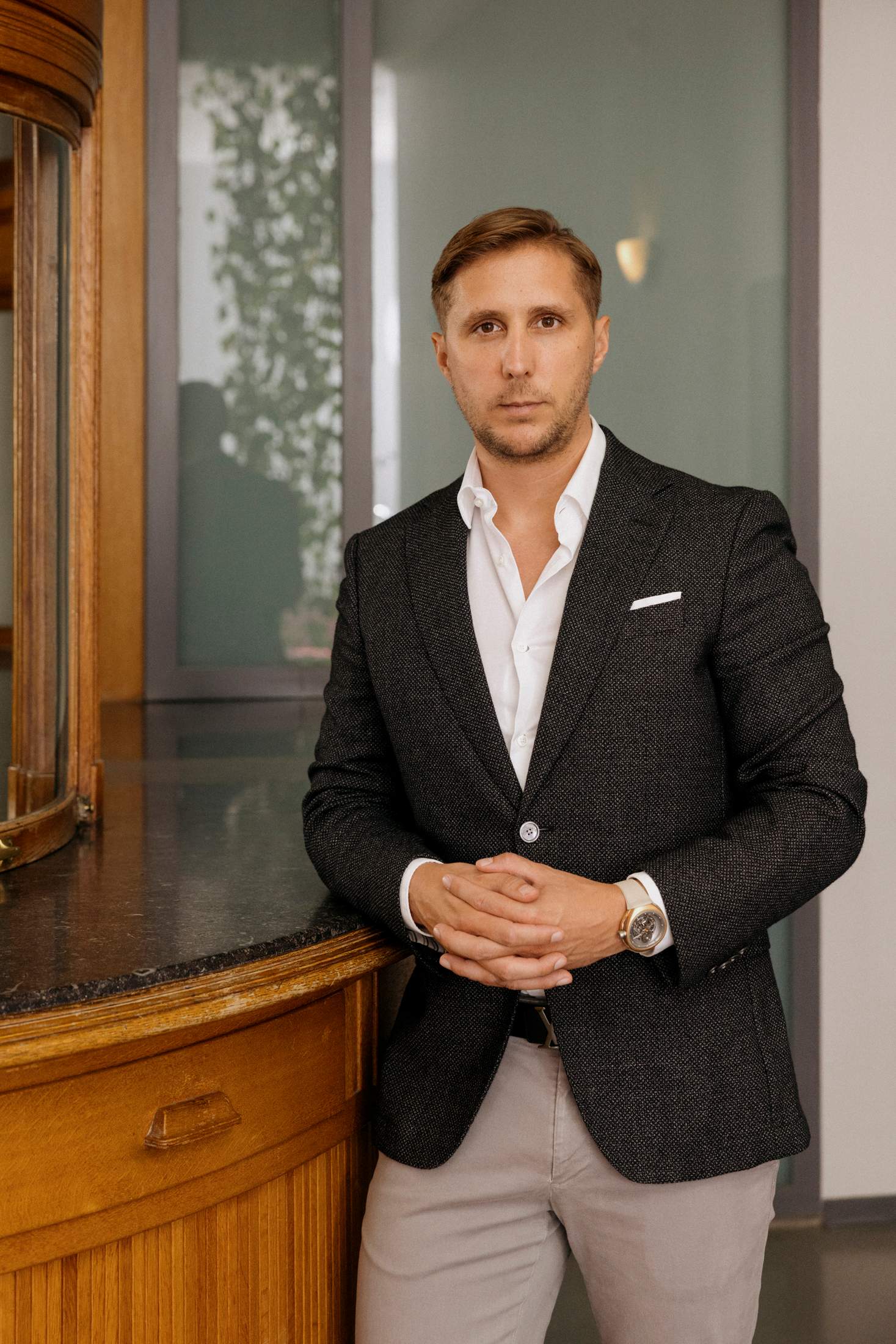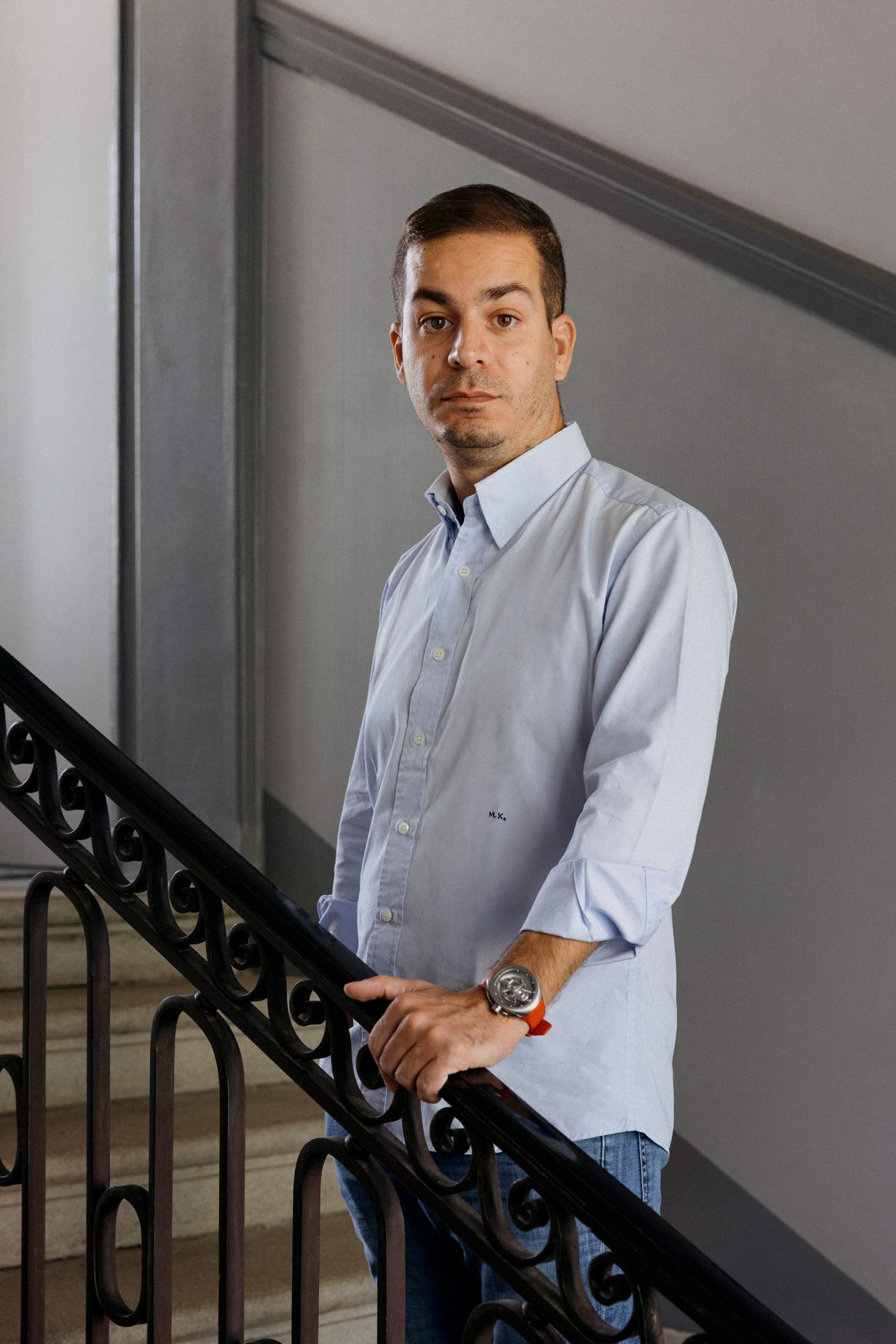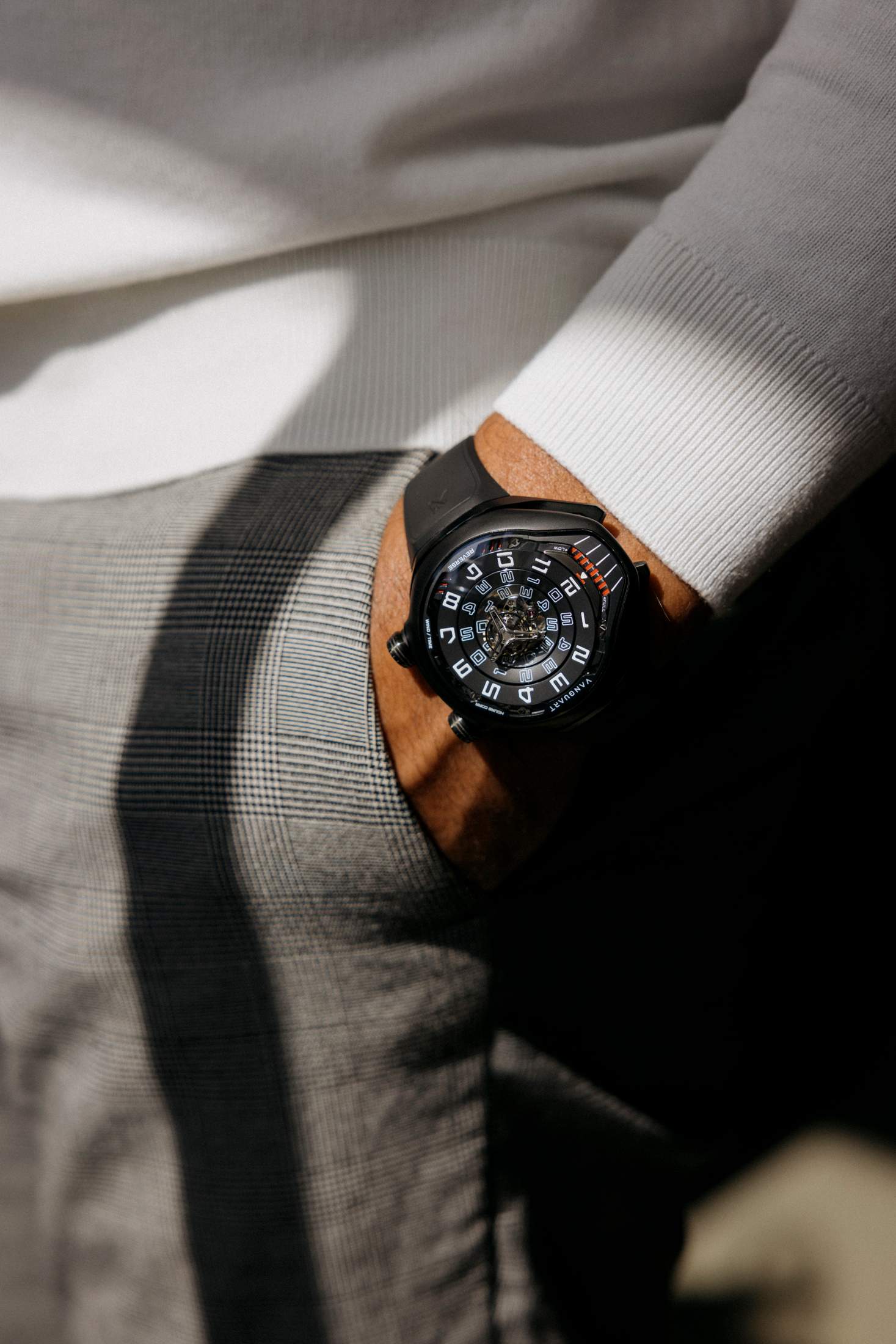Fashion / Switzerland
All in good time
For fledgling independent brands, entering the luxury-watch market might seem like an impossible task. But by nurturing client relationships, creating distinctive designs and producing its pieces in-house, Swiss manufacturer Vanguart has more than made its mark.
Walk into any luxury watch fair and you’ll see big booths bearing familiar logos – Rolex; Richemont-owned Cartier, Jaeger-LeCoultre and Van Cleef & Arpels; lvmh’s Tag Heuer, Zenith and Hublot, among others. The way that these spaces are laid out mirrors the dynamics of the watch industry; heritage brands, luxury groups and historic designs dominate the sector. The complexities that come with crafting a high-end watch and the deep investments required leave little room for independents and young upstarts.

But four ambitious entrepreneurs have been taking on this rarefied world and proving that, once you master your craft, you can launch a luxury-watch brand from scratch. In 2017 they founded Vanguart from the living room of the company’s ceo, Axel Leuenberger, in Basel. “We wanted to start with a blank canvas and bring something fresh to the market,” says Leuenberger, who previously worked at the research and development department of storied Swiss manufacturer Audemars Piguet Renaud & Papi (aprp).
Joining Leuenberger is Jérémy Freléchox, another aprp veteran who has taken on the brand’s chief technical officer role; Thierry Fischer, a seasoned designer and Vanguart’s creative director; and Mehmet Koruturk, a former financier who is now the company’s president. Unlike his three partners, Istanbul-based Koruturk doesn’t have a background in watches. He became acquainted with horology while working for Genii Capital, a global fund known for its involvement in motorsports. But the potential in a new-generation watch company quickly became clear to him.


“Every 10 years or so, there’s space for a new independent brand to go big,” he says. “That’s simply because there’s consumer appetite for new design and innovation. You reach a point of saturation and people begin to look for a new name.” Koruturk was confident in his partners’ creative vision and expertise. “Axel worked with Giulio Papi, one of the most respected watchmakers of our day,” he says. “Papi’s company is behind some of the most complicated watches of the past decade.”
Vanguart aims to bring novelty and playfulness to the world of watches. It’s why Fischer ripped up the design rule book for the brand’s first watch, Black Hole – a futuristic model comprising 775 components, including a custom-made tourbillon that appears to be levitating above the dials. Rather than having a traditional display, It features three rotating discs, each indicating the hours, tenths of minutes and the minutes. “We wanted to make a bold statement about what Vanguart stands for and the kind of complications that we can create,” says Leuenberger.

It took more than three years of design, research and development to create the Black Hole. “You get one shot and you need to be very precise,” says Leuenberger. “You can’t spend hundreds of thousands of euros during the development stage like bigger brands do. It’s all about finding ways to be cost effective. You can start by using parts of old watches to prove your concept.” The coronavirus pandemic then forced the team to spend an extra two years refining the watch. “It ended up being a blessing in disguise because we got to test our mechanism without rushing,” says Leuenberger.
The five years that it took Vanguart to go from idea to launch shows how long entrepreneurial journeys can be, particularly when you’re trying to penetrate a traditional sector. Even when pandemic restrictions began to be lifted, obstacles remained. “Producers had a huge surge in demand from existing clients so, when we tried to order a component, it would take six months rather than one or two.”
By betting on industry relationships, piquing the curiosity of the right suppliers and bringing most of its production process in-house, the company was finally able to release the first models of the Black Hole in late 2021. The co-founders then began to discreetly sell the watches to clients from their existing networks, as well as to collectors who had found them through word of mouth. “This wasn’t going to be anyone’s first watch,” says Koruturk. “It was designed for the seasoned collector.
Having overcome its growing pains, Vanguart is now in a position to make itself more visible. It has started receiving bespoke orders, including for a hand-engraved version of the Black Hole, commissioned by a customer in the Middle East and priced at chf750,000 (€800,000). Earlier this year it released a new unisex model, the Orb, with an intimate presentation at a Geneva hotel, rather than competing with the bigger players in conventional fairs. The Orb has a slimmer design, with a more traditional, symmetrical case, as well as some edgier signatures, including a hand-finished flying tourbillon movement that allows the user to switch between automatic and manual modes.
The final part of the equation was to establish a sales strategy. Vanguart is focused on direct sales and only works with a handful of distributors. “The goal is to be more global,” says Koruturk. “Asia will be a big market in the future but you can’t expand too quickly when every component is hand-produced.”
Since its inception, the company has grown from four employees to 15, moving out of Leuenberger’s living room and into a sleek space in La-Chaux-de-Fonds (Switzerland’s “open-air watch factory”, as the ceo calls it). This has given it proximity to some of the world’s best suppliers.
Other watchmakers are becoming interested in buying the mechanisms that Vanguart has perfected. Thanks to the initial investment in creating these in-house, the journey from sketch to finished product will become smoother. “We have a design language and all of the technology that we need to create new models,” says Leuenberger. “But it doesn’t mean that you’ll see new Vanguart watches tomorrow. We want to grow the project gradually. Sometimes, you have to let go of time.” —
How to build a brand
1. Make connections
Create your own client network before partnering with third-party retailers. “It’s challenging to reach out to the right clients at the beginning,” says Koruturk, Vanguart’s president. “But once you have your network, launching your second and third product will become much easier.”
2. Stick to your guns
Don’t be intimidated by established players. Define your niche instead. “People are always looking to mix heritage brands with newer, cutting-edge products,” says Koruturk.
3. Maintain quality control
Vanguart spent years crafting its mechanisms in-house, with minimal outsourcing. “That way, you can set the tone of how you want things to be done and what level of quality you expect,” says the brand’s ceo, Leuenberger. “If you are purely relying on suppliers, they will be the ones controlling the quality of your products.”


